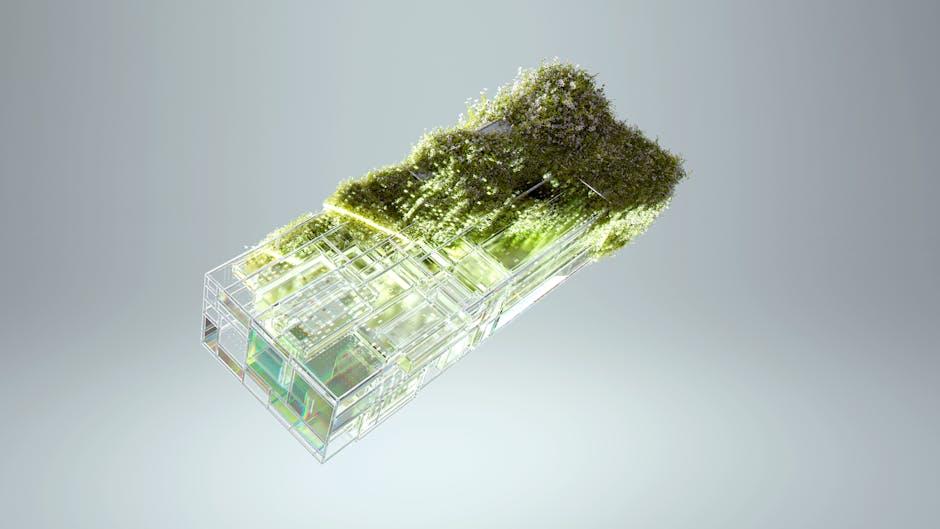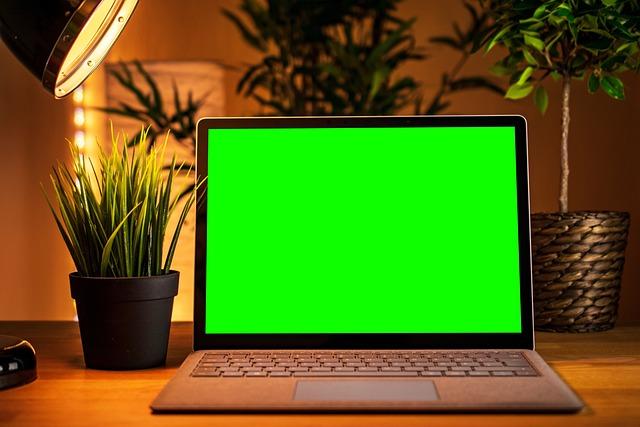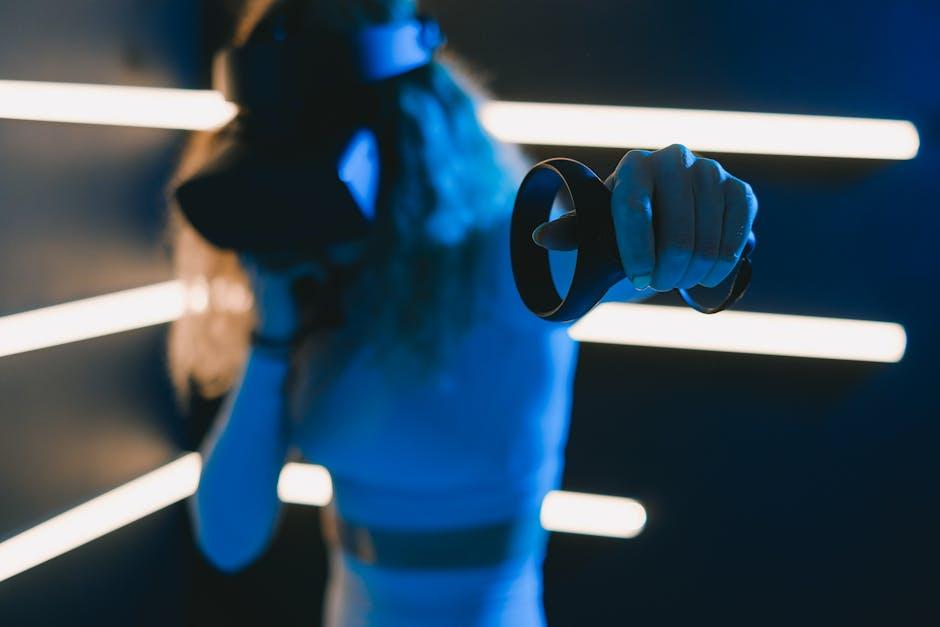In the ever-evolving landscape of Hollywood filmmaking, few innovations have had as profound an impact as green screen technology. From its humble beginnings to its current status as a cornerstone of visual effects, green screen technology has transformed the way stories are told on the silver screen. This article delves into the intricate journey of green screen evolution, examining its technological advancements, its influence on cinematic creativity, and its pivotal role in shaping the future of film production. With a confident lens, we will explore how this technology has not only expanded the horizons of visual storytelling but also redefined the very fabric of cinematic imagination.
Advancements in Green Screen Techniques and Their Impact on Visual Storytelling
In recent years, the green screen has evolved beyond a simple backdrop to become a dynamic tool that enhances the creativity and flexibility of visual storytelling. With the advent of advanced compositing software and real-time rendering, filmmakers are no longer constrained by physical locations. They can now create expansive worlds and intricate environments that were previously unimaginable. These innovations allow for seamless integration of live-action and digital elements, making the impossible appear real.
Key advancements include:
- Real-Time Previsualization: Directors can visualize scenes in real-time, adjusting elements on the fly to better match their creative vision.
- Improved Keying Techniques: Enhanced algorithms allow for more precise removal of green backgrounds, reducing artifacts and improving image quality.
- Virtual Production Stages: The integration of LED screens with green screen technology enables interactive lighting and reflections, providing a more immersive experience for actors.
These innovations not only streamline production but also empower storytellers to push the boundaries of their narratives, crafting more engaging and visually stunning tales.

Integrating CGI with Green Screen: Enhancing Realism in Modern Cinema
The fusion of CGI with green screen technology has revolutionized the way filmmakers craft immersive environments, offering unprecedented levels of realism. By employing sophisticated computer-generated imagery, filmmakers can seamlessly blend real-world footage with fantastical elements, ensuring that every frame is both visually stunning and believable. This integration allows directors to push the boundaries of storytelling, creating worlds that are not constrained by the limitations of physical sets.
Key benefits of this integration include:
- Enhanced Visual Depth: CGI elements can be intricately layered over green screen footage, providing a richer, more dynamic visual experience.
- Cost Efficiency: Creating expansive sets digitally reduces the need for expensive on-location shoots.
- Creative Flexibility: Directors can experiment with a wide array of visual styles and effects, enabling more creative storytelling.
By harnessing the power of CGI with green screen, modern cinema continues to captivate audiences, offering a seamless blend of reality and imagination that keeps viewers on the edge of their seats.

Challenges and Solutions in Achieving Seamless Green Screen Effects
Achieving flawless green screen effects has always been a complex endeavor in Hollywood. Lighting plays a pivotal role; inconsistent lighting can lead to shadows and reflections, causing the green to spill onto subjects. To counter this, filmmakers often use diffused lighting and ensure the screen is evenly lit. Another challenge is color spill, where the green hue reflects on actors, complicating the keying process. Solutions involve using digital tools to fine-tune colors and employing advanced compositing software to meticulously remove unwanted tints.
Subject movement presents another layer of difficulty. Rapid motion can result in motion blur, complicating the clean extraction of the subject from the green background. Filmmakers tackle this by using high-frame-rate cameras and employing motion-tracking technology. Furthermore, advancements in AI-driven algorithms have significantly improved edge detection, allowing for more precise separation of subject and background. With these innovations, the path to seamless integration of live-action with virtual environments continues to evolve, pushing the boundaries of visual storytelling.

Future Trends in Green Screen Technology: Recommendations for Filmmakers
As the film industry continues to evolve, the next wave of green screen technology is set to redefine visual storytelling. Augmented Reality (AR) and Virtual Reality (VR) are becoming integral, enabling filmmakers to create immersive environments that interact seamlessly with real-world elements. The shift towards real-time rendering using game engines like Unreal Engine and Unity is also transforming production pipelines, offering instant feedback and reducing post-production time.
- High-Resolution Screens: Invest in LED green screens with higher resolutions to enhance clarity and reduce spill, ensuring cleaner composites.
- Advanced Software Tools: Utilize AI-driven software for more precise keying and background replacement, minimizing manual adjustments.
- Collaborative Workflows: Leverage cloud-based platforms for real-time collaboration between teams, improving efficiency and creative input.
- Sustainability: Opt for eco-friendly materials and energy-efficient equipment to align with green production practices.
Embracing these trends will not only streamline your production process but also push the boundaries of what’s visually possible, keeping you ahead in the competitive landscape of filmmaking.

